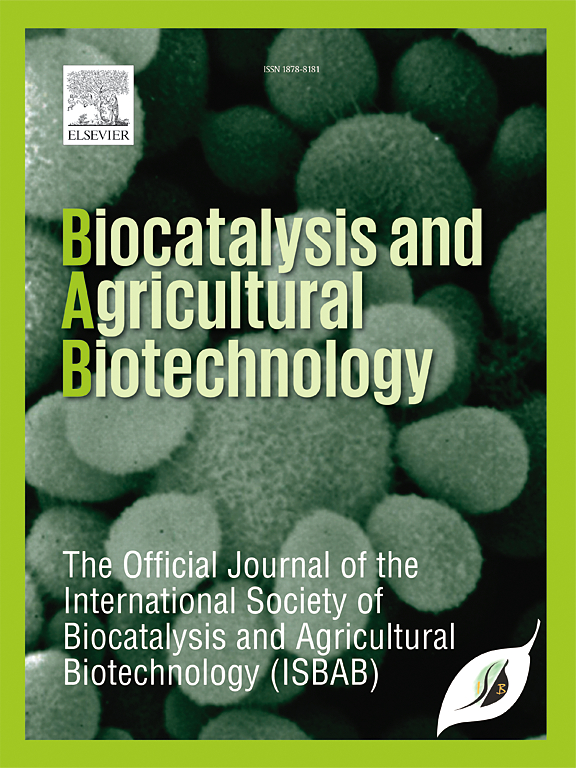Mitigation of H2O2 induced Reactive Oxygen species and Proinflammatory cytokines by Buckwheat (Fagopyrum tataricum) rutin in cultured RAW264.7 cells
IF 3.4
Q2 BIOTECHNOLOGY & APPLIED MICROBIOLOGY
引用次数: 0
Abstract
Background
Buckwheat rutin, sourced from the Himalayan region of Nepal, exhibits significant free radical-scavenging potential. The rutin fraction derived from a tartary buckwheat seeds cultivar NGRC03731 exerts protective effects by preventing cellular damage and regulating proinflammatory cytokines in the mouse macrophage cell line RAW264.7.
Methods
The rutin fraction antioxidant properties were investigated using DPPH and ABTS methods in a cell-free system. RAW 264.7 cell viability following exposure to rutin fraction and standard rutin in the presence or absence of H2O2 was determined using the MTT (3-(4, 5-dimethylthiazolyl-2)-2, 5-diphenyltetrazolium bromide) assay. Free radical generation was evaluated through DCFDA staining. Pro-inflammatory cytokine gene expression levels were assessed using real-time PCR, while the corresponding protein levels were measured using Enzyme linked immunosorbent assay (ELISA).
Results
The rutin fraction markedly reduced NO and PGE2 levels. The viability of RAW 264.7 cells exposed to H2O2 and co-treated with the rutin fraction retained cell viability. Moreover, the rutin fraction alone (200 μg/mL) did not alter the morphology of RAW 264.7 cells, and reduced cellular damage in the presence of H2O2. TNF-α, COX-2a, IL-1, IL-6, IL-8, and IL-10 gene expression was significantly downregulated as well the cytokine protein levels of TNF-α, IL-1β, IL-8, IL-6, and IL-10 were markedly down regulated in RAW 264.7 cells treated with the rutin fraction.
Conclusion
The results of our study demonstrate the remarkable anti-inflammatory properties of the buckwheat rutin fraction in suppressing inflammatory responses.
求助全文
约1分钟内获得全文
求助全文
来源期刊

Biocatalysis and agricultural biotechnology
Agricultural and Biological Sciences-Agronomy and Crop Science
CiteScore
7.70
自引率
2.50%
发文量
308
审稿时长
48 days
期刊介绍:
Biocatalysis and Agricultural Biotechnology is the official journal of the International Society of Biocatalysis and Agricultural Biotechnology (ISBAB). The journal publishes high quality articles especially in the science and technology of biocatalysis, bioprocesses, agricultural biotechnology, biomedical biotechnology, and, if appropriate, from other related areas of biotechnology. The journal will publish peer-reviewed basic and applied research papers, authoritative reviews, and feature articles. The scope of the journal encompasses the research, industrial, and commercial aspects of biotechnology, including the areas of: biocatalysis; bioprocesses; food and agriculture; genetic engineering; molecular biology; healthcare and pharmaceuticals; biofuels; genomics; nanotechnology; environment and biodiversity; and bioremediation.
 求助内容:
求助内容: 应助结果提醒方式:
应助结果提醒方式:


